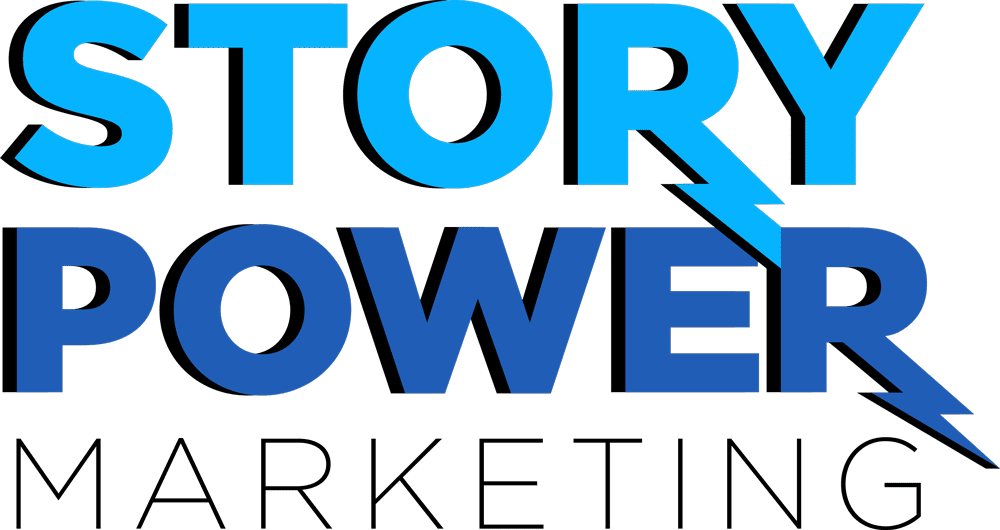Let’s Learn from Henry Ford’s Epic Biz Failure

Happy Birthday to the Model T.
The first one came off the assembly line on this day (Sept. 27) in 1908.
Time to trot out the tired tales about Henry Ford’s genius…
…or not.
Tired tale: Henry Ford invented — or at least perfected — the assembly line.
The truth, as stated by his colleague Charles Sorenson: “Henry Ford had no ideas on mass production. Far from it; he just grew into it like the rest of us.”
Let’s give Ford some credit, though. His company adopted assembly line methods (first developed in slaughterhouses) to produce the Model T.
In 1908, it took 12 hours to assemble a Model T. By 1913, the assembly line could churn one out in 90 minutes.
That allowed Ford to produce more cars with lower labor costs and sell Model Ts at affordable prices.
Once a luxury plaything for the wealthy, automobiles became a must-have vehicle for the masses.
Ten years after the first Model T, Ford had more than 50 factories and 200,000 employees — producing half the world’s cars. In 1921, Ford sold about two-thirds of the world’s cars.
Market domination, until…
During the 1920s, as competitors like General Motors and Chrysler innovated and built market share, Henry Ford focused on other pursuits.
As groundbreaking as it was, the Model T kind of sucked.
It had no speedometer. No gas gauge. No easy way to measure oil level. The transmission was a pain to learn and operate. The headlights were so dim they were worthless. The car had different size front and back tires so drivers had to carry two spares. And the Model T didn’t have an electric starter until 1926 — long after other manufacturers made this a standard feature.
As Ford rested on its laurels, GM innovated. It introduced speedometers and shock absorbers. It introduced a variety of different cars at different price ranges — from the basic Chevrolet to the fancy-schmancy Cadillac. And it was perfecting the process of annual model changes.
Chrysler was building better cars, too.
Meanwhile, Henry Ford continued to churn out the same old, imperfect car while spending time on things like The Dearborn Independent — his weekly “newspaper” that regularly attacked Jews.
A collection of these anti-semitic essays — published in a book titled The International Jew — was popular in Nazi Germany.
Adolph Hitler praised Henry Ford in his book, Mein Kampf (the only American so “honored”). The Führer supposedly had a picture of Henry on his wall.
At the same time, Ford sales plummeted.
Ford’s market share shrank from 2/3 in 1921 to 1/3 in 1926 and then…
…just 15% in 1927.
An epic collapse…
…and a cautionary tale for all of us.
Henry Ford allegedly said, “If I had asked people what they wanted, they would have said faster horses.”
Never mind that Ford didn’t invent the automobile. And never mind that he might not have said this. He seems to have believed it.
Business people, including Steve Jobs, point to that “quote” when touting the importance of “vision.”
Visionaries don’t need to listen to the people. They see things the people can never imagine. That’s what makes them great.
I call B.S. on that.
All great product development and marketing depends on listening to the people you wish to serve. You have to understand what the market desires.
If you assume you’re a visionary who sees things the people don’t, you’ll likely fail.
If Henry Ford had listened to the people in the 1920s, he would have known they:
- Desired safety (“It would be nice to know how fast we’re driving and have headlights that work.”).
- Sought simplicity (“It would be nice to start his car without cranking it and check the gas and oil levels without climbing under it.”)
- Craved comfort. (“Wouldn’t it be nice if I didn’t feel shock waves up and down my spine every time my car goes over a bump?”).
But Ford wasn’t listening. GM and Chrysler were. That’s why Ford’s fortunes collapsed faster than you can say, “I wish I didn’t have to carry two spare tires.”
Sure, the Model T is a great American success story. And we can learn plenty from that success.
But for those of us trying to attract leads, captivate prospects, and inspire them to buy, we can learn more from Ford’s collapse.
You don’t have to be a “visionary” to succeed in business. Just listen to the people.
Don't go away yet..
p.s. Coaches, authors, and consultants hire me to power-up their creative content and storytelling to captivate prospects, stand-out and book more business.
Whenever you're ready, here are several ways I can help you become a storytelling stand-out so you'll land more clients without pitching and prodding:
1) Get the Story Power Profit Pack -- 52 Strategies, Tips, and Tactics to Transform Your Content from Ignored to Adored.
2) Watch the free, 7-minute Micro-Training: “The 3 Most Important Storytelling Keys to Captivate Prospects and Inspire Them to Act -- Without Pitching and Prodding.”
3) Become a Story Power VIP: Master how to discover, assemble, and deliver business-building stories. Twice-monthly live masterclasses. Members-only content. One-on-one feedback and consulting sessions. And more… If you'd like to learn more about our VIP program, just reply to this email and put "Story Power VIP" in the subject line. I’ll contact you with more details.
4) Work with me one-on-one: If you’re interested in working directly with me -- to discover, assemble, and deliver powerful, business-building stories -- simply reply to this email and change the subject line to "Private Client." Tell me a little about yourself, your business, and what you'd like to accomplish, and I'll reply to discuss options.
5) Invite me to speak at an event: I can tailor a presentation that meets the specific needs of your organization. Informative. Entertaining. Virtual or live. Potential for continuing education credits when applicable for your group. If interested, reply to this email and change the subject line to “Speaking Engagement.” I’ll circle back to discuss the possibilities.
Want to get great content like this...
...delivered straight to your inbox?
Join our email list...
Post Categories
Previous Post
Next Post
